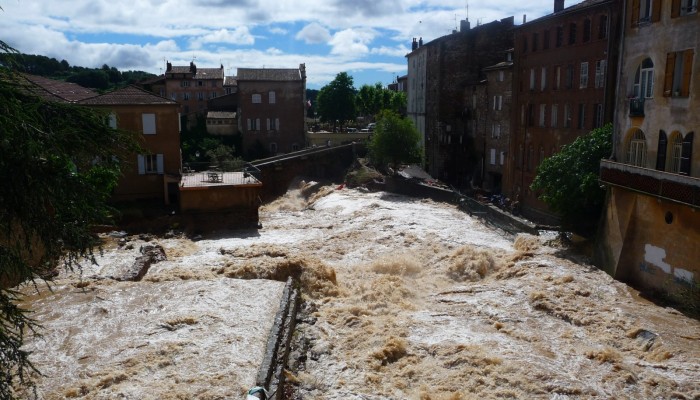
Flood at Trans-en-Provence (Var - France).
Credit: Dimitri Defrance (distributed via imaggeo.egu.eu)
Credit: Dimitri Defrance (distributed via imaggeo.egu.eu)
Many studies report that hydrologic regimes are modulated by large-scale modes of climate variability such as the El Niño Southern Oscillation (ENSO) or the North Atlantic Oscillation (NAO). Climate-informed frequency analysis models have therefore been proposed to condition the distribution of hydrologic variables on climate indices. However, standard climate indices may be poor predictors in some regions. Instead of trying to describe climatic cycles using a single parameter, Renard and Lall developed a model using a range of parameters.
You can read the whole paper here: , and (2014), Regional frequency analysis conditioned on large-scale atmospheric or oceanic fields, Water Resour. Res., 50, 9536–9554, doi:10.1002/2014WR016277.
